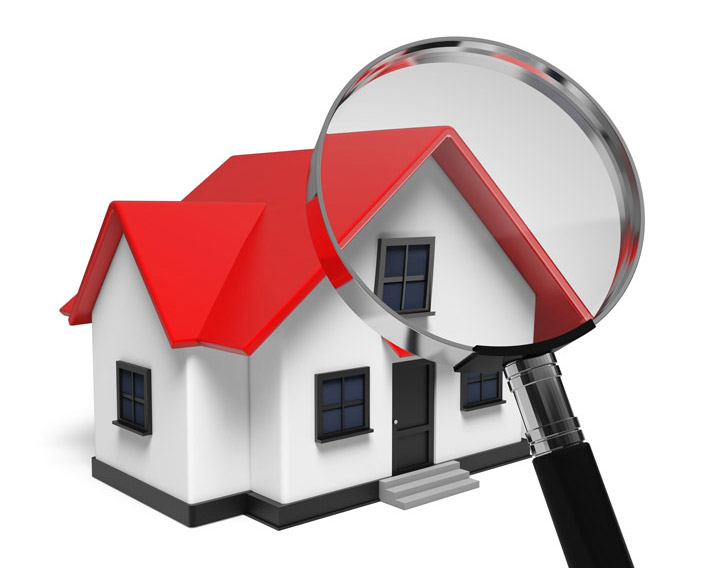
What Are the Parts of an Appraisal?Their home's purchase can be the most important transaction many might ever consider. It doesn't matter if where you raise your family, a seasonal vacation property or a rental fixer upper, the purchase of real property is a detailed transaction that requires multiple parties to make it all happen. It's likely you are familiar with the parties having a role in the transaction. The real estate agent is the most familiar face in the transaction. Then, the lender provides the money needed to fund the exchange. And ensuring all details of the sale are completed and that the title is clear to transfer to the buyer from the seller is the title company. So, who makes sure the real estate is worth the purchase price? In comes the appraiser. We provide an unbiased opinion of what a buyer could expect to pay — or a seller receive — for a parcel of real estate, where both buyer and seller are informed parties. A licensed, certified, professional appraiser from Appraisal Services of Northern Michigan, LLC will ensure, you as an interested party, are informed. Appraisals begin with the property inspectionTo determine the true status of the property, it's our responsibility to first conduct a thorough inspection. We must see features first hand, such as the number of bedrooms and bathrooms, the location, living areas, etc, to ensure they truly are present and are in the condition a typical person would expect them to be. The inspection often includes a sketch of the floorplan, ensuring the square footage is accurate and conveying the layout of the property. Most importantly, the appraiser looks for any obvious amenities - or defects - that would affect the value of the house. After the inspection, an appraiser uses two or three approaches to determining the value of the property: a paired sales analysis, a replacement cost calculation, and an income approach when rental properties are prevalent. 
Cost ApproachThis is where we pull information on local building costs, labor rates and other factors to calculate how much it would cost to construct a property nearly identical to the one being appraised. This estimate often sets the upper limit on what a property would sell for. The cost approach is also the least used predictor of value. 
Paired Sales AnalysisAppraisers can tell you a lot about the communities in which they appraise. They innately understand the value of particular features to the people of that area. Then, the appraiser looks up recent sales in close proximity to the subject and finds properties which are 'comparable' to the subject at hand. Using knowledge of the value of certain items such as fireplaces, room layout, appliance upgrades, additional bathrooms or bedrooms, or quality of construction, we add or subtract from each comparable's sales price so that they are more accurately in line with the features of subject property.
Once all necessary adjustments have been made, the appraiser reconciles the adjusted sales prices of all the comps and then derives an opinion of what the subject could sell for. At Appraisal Services of Northern Michigan, LLC, we are an authority in knowing the worth of particular items in Gaylord and Otsego County neighborhoods. The sales comparison approach to value is commonly awarded the most weight when an appraisal is for a real estate purchase. Valuation Using the Income ApproachA third method of valuing approach to value is sometimes used when a neighborhood has a measurable number of rental properties. In this situation, the amount of income the property produces is factored in with income produced by similar properties to derive the current value. Coming Up With The Final ValueCombining information from all approaches, the appraiser is then ready to put down an estimated market value for the property in question. The estimate of value at the bottom of the appraisal report is not necessarily the final sales price even though it is likely the best indication of a property's valueIt's not uncommon for prices to be driven up or down by extenuating circumstances like the motivation or urgency of a seller or 'bidding wars'. Regardless, the appraised value is typically used as a guideline for lenders who don't want to loan a buyer more money than the property is actually worth. It all comes down to this, an appraiser from Appraisal Services of Northern Michigan, LLC will help you get the most fair and balanced property value, so you can make profitable real estate decisions. |